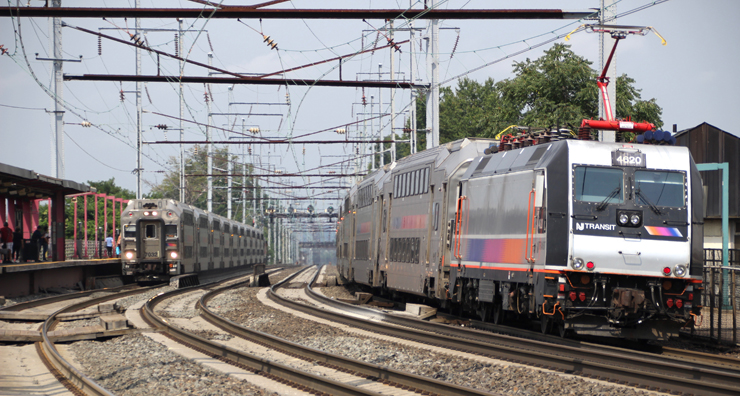
TRENTON, N.J. — NJ Transit is progressing with some of the largest infrastructure programs in its history, including a series of projects aimed at helping avoid a disruption related to extreme weather on par with the one following 2012’s Superstorm Sandy.
The five core projects of NJ Transit’s “Resilience Program” — the Raritan River Bridge Replacement, NJ Transitgrid, the Delco Lead Storage and Inspection Facility, the Long Slip Fill and Rail Enhancement, and a signals and communications resilience initiative — total $1.7 billion, including a 25% local match.
To help fund the projects, the Federal Transit Administration awarded NJ Transit Competitive Resilience grants for five of the transit agency’s so-called megaprojects. Coupled with the new Portal North Bridge Project, a separate $1.8 billion initiative, the projects represent the “largest programs in NJ Transit history,” says spokesman Jim Smith.
Resilience Program details
In December, NJ Transit issued an Invitation for Bid for the second construction contract of the $595 million Raritan River Bridge Replacement project, which received $446.4 million in FTA funding. It will replace a bridge built in 1908 that is the only rail link for 17 of the North Jersey Coast Line’s 20 stations.
The NJ Transitgrid project includes a microgrid — a decentralized system of electricity sources and loads, able to operate independently if necessary. It will include a central electric generation facility and transmission and distribution lines to enable limited operations on the Northeast Corridor, the Morris & Essex, and the Hudson-Bergen Light Rail lines. The FTA awarded NJ Transit nearly $409.8 million for the project; it will also provide signal system power on a portion of the Main Line.
Another facet of the program is the Delco Lead Storage and Inspection Facility on the Northeast Corridor near the Jersey Avenue station. The FTA gave NJ Transit a nearly $184.5 million grant for the facility, which would allow the agency to move its rolling stock to an area not prone to flooding in preparation for approaching storms and other inclement weather.
Other facility enhancements are a part of the program, including The Long Slip Fill and Rail Enhancement project. This will modify a 2,000-foot former barge canal adjacent to the Hoboken Terminal Yard, eliminating it as a “conduit for flood water.” It received a $146.5 grant from the FTA.
The Signals & Communications Resilience project aims to improve signal and communications systems’ ability to withstand extreme weather. NJ Transit says four of its 10 commuter rail lines, and the Hudson-Bergen Light Rail Line, are “vulnerable” to storm surges and flooding, as they are in coastal and inland floodplains. This project received $88.9 million from the FTA.
Three projects under construction
Three of five competitive grants are under construction, while the other two are in the procurement phase. According to Smith, NJ Transit anticipates that the five megaprojects will be “construction complete” by the end of 2028.
Additionally, 21 other projects are part of the Base Program within the Resilience Program. This includes projects based on damage assessment in the aftermath of Superstorm Sandy.
Despite the investment, New Jersey Republicans say the state could have had even more project funding.
They contend New Jersey should have received more money from the FTA under a federal formula to split COVID-19 money. Instead, they say New York State walked away with an additional $1 billion that it should have split with New Jersey and Connecticut. The governors of the three states reached a settlement over distribution of the funds late last year [see “New York, New Jersey, Connecticut settle transit funding dispute,” Trains News Wire, Nov. 10, 2021].






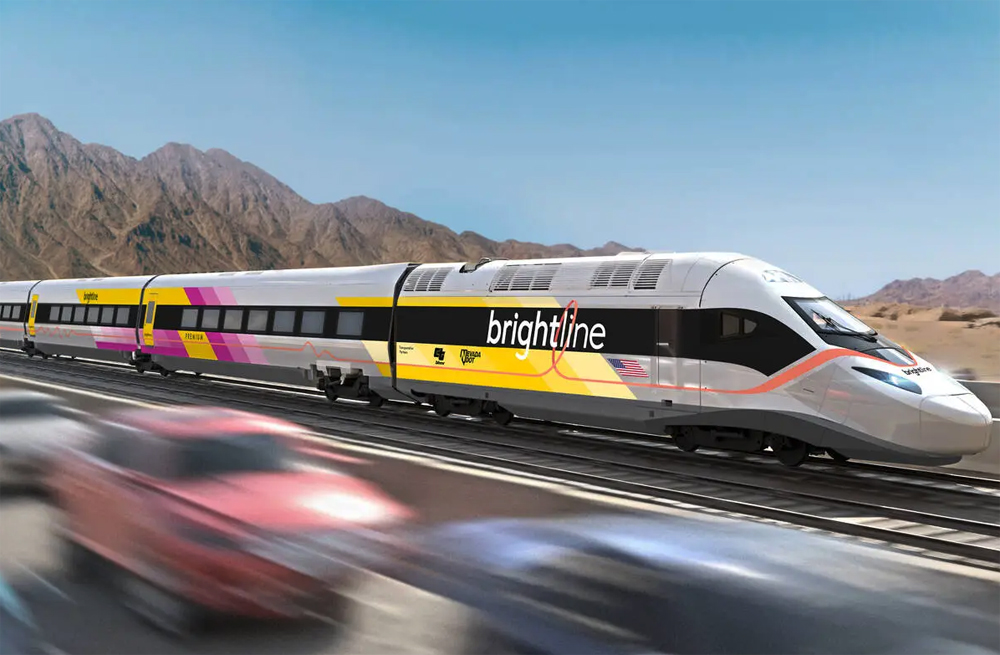
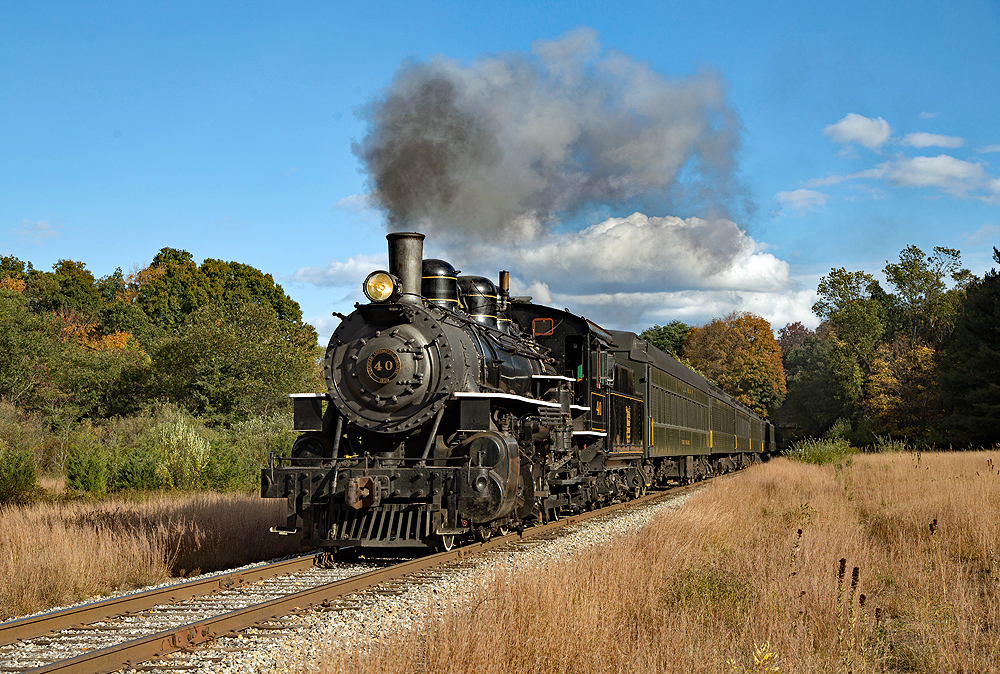
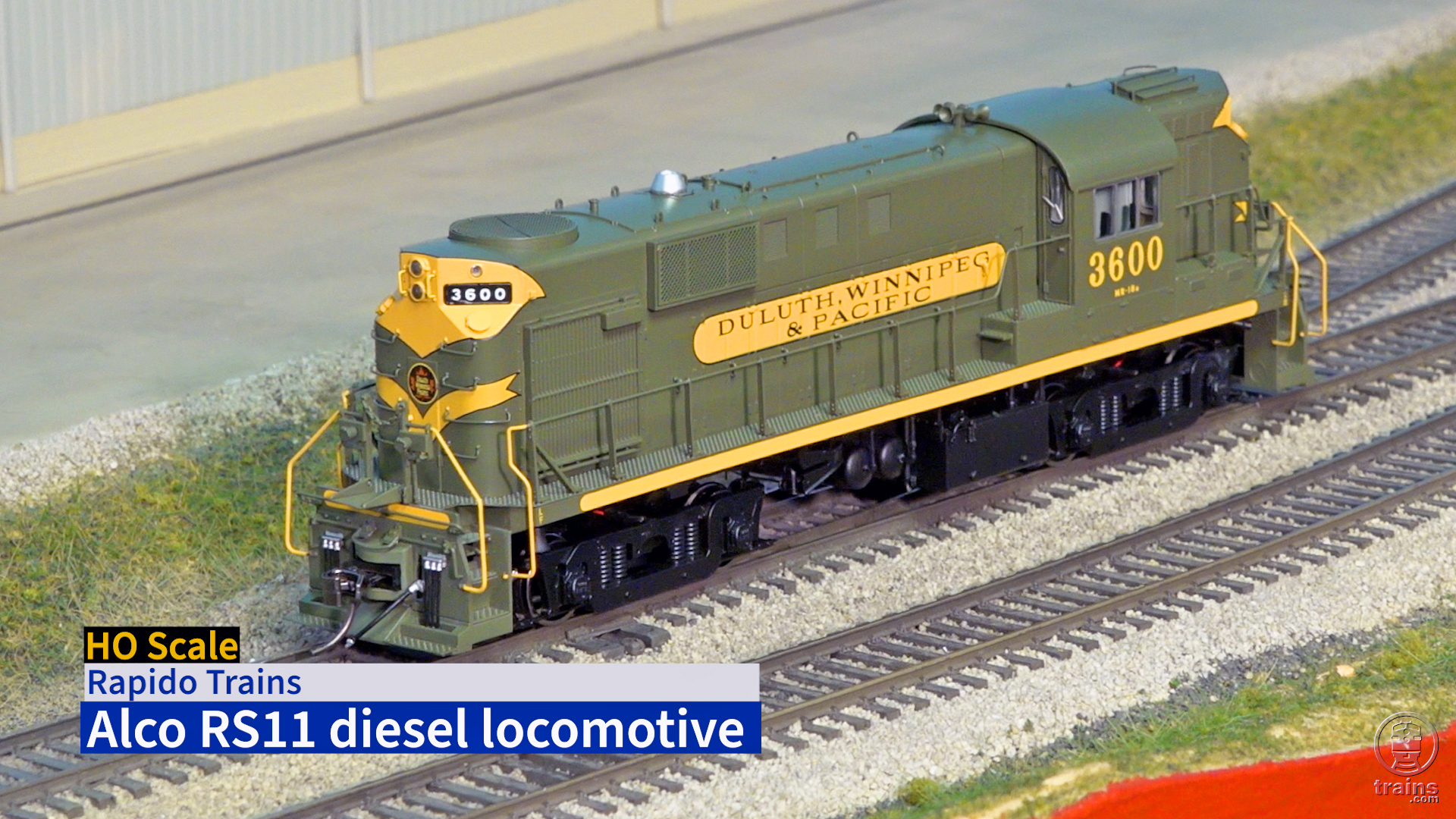
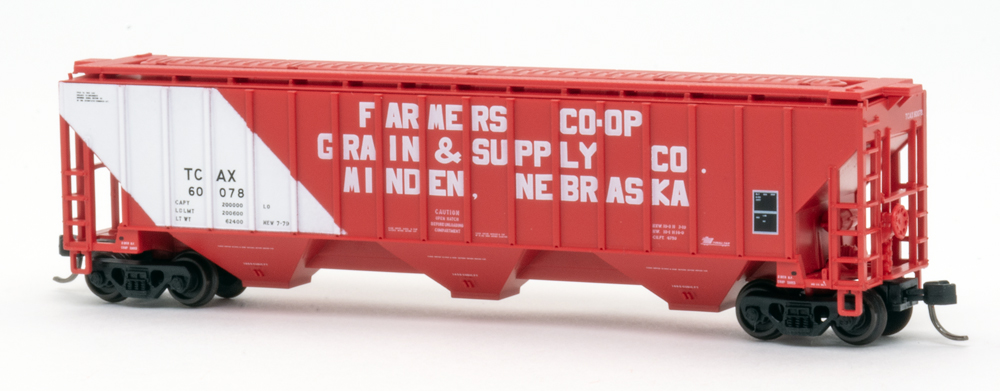




Once again and after God only knows how many years–not a word about finally finishing the first piece of the restoration of the Lackawanna Cut-Off to Andover. Is there any news here that any reader knows?
You don’t need constant tension catenary.
Only AMTRAK has it so all the consultants etc. are Eurocentric when it comes to catenary. They don’t know anything different.
Trust me: catenary that has worked for 107 years (1915 Paoli) will still work.
How much of NEC catenary constant tension? It also needs upgrades.